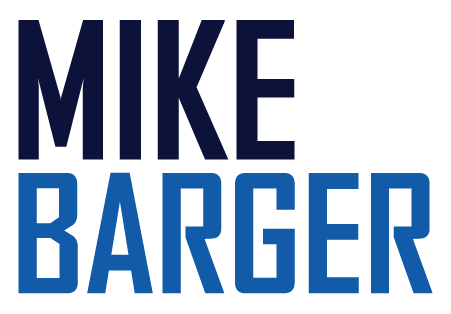We have certainly seen a broad range of stakeholder engagement efforts from various sources during the COVID-19 pandemic. We all watched or listened to national and local government leadership, scientific and medical leaders, other community leaders, leaders of our own businesses and other businesses, family members, advocate groups, hate groups, anonymous groups … the list goes on. Information came at us from everywhere. For many of the individuals or organizations I just listed, you were actually one of their stakeholders.
As you watched and listened to these people talk, what did you learn? Which sources provided clear, compelling, and useful information? Which did you decide that you just weren’t going to trust or believe? How many did you simply switch off because they actually made you feel more frustrated, angry, and perhaps even fearful? How did you decide who or what you should believe? How did you sort through the noise?
Well, I’m with you; it was really challenging. It was difficult sifting through proverbial haystacks of information and listening closely to the cacophony of opinions to find the facts — and it was equally difficult to sort through the political positioning and spin. As we all experienced, when there is great complexity and limited evidence, it is really hard to find the truth.
I have two pieces of advice to share with you in response to what we saw during the COVID-19 pandemic. You may find this helpful as a stakeholder with a value proposition in someone else’s organization, or as a crisis leader, looking to ensure your own stakeholders that what you have to offer is reliable and worth believing.
My first suggestion is to ask yourself: What does the evidence tell me? Are facts and data available that are compelling? Are they supported by multiple sources? Can they be validated through testing or by some other objective means? If so, then there is a strong probability that what you are hearing is true — that what you are hearing is worth believing. If not, the claims aren’t automatically false, but I would tend to give them less credence, at least until more can be learned or discovered. As a crisis leader, when presenting information, you would be wise to:
- Be very thoughtful and careful about how you present the insights you are drawing from the evidence.
- Be clear when you are communicating whether what you are sharing is fact, hypothesis, or personal/team opinion.
- Assess, before developing and delivering messages to stakeholders, whether you are coming to your conclusions because you are simply doing the best you can with the information that you have. If so, share that. Do not be afraid to be transparent. Your stakeholders will not hold it against you.
After getting clear and candid about how evidence plays into your stakeholder messaging, it’s time to get comfortable with being wrong. A key characteristic of the crisis environment is that it will be almost impossible to know everything that you want to know during a crisis. You simply won’t be able to build an airtight picture of the situation, the ideal solution, or the ultimate impact of the crisis until well after the event — if ever. Because of this, you are going to have to rely on limited, imperfect information — both when you are engaging stakeholders and when making decisions during a crisis. This means that, quite frequently, you are going to be wrong. Your insights are going to be proven faulty. Your decisions will have to be modified or reversed. You’ll have to admit that you were mistaken. This won’t feel good, nor will it be great for your confidence. But these errors will largely be a function of the environment, not your flaws as a leader.
So, knowing that you will never have a crystal-clear picture of everything during a crisis, it is OK to admit that. It is OK to tell your stakeholders that this is how you are making sense of the cloudy picture that you are working through. You will nearly always find that your stakeholders appreciate your transparency and humanity.
